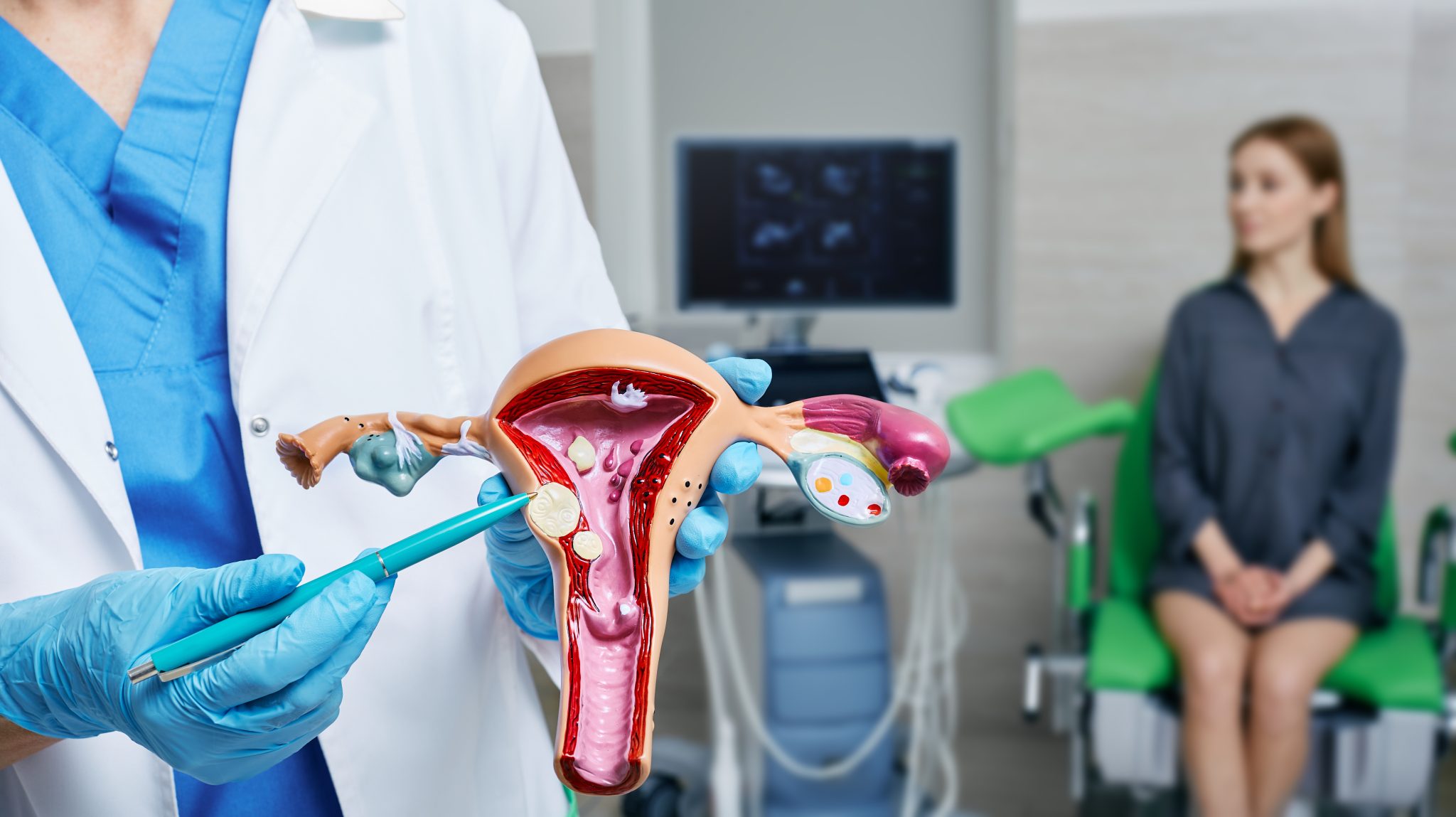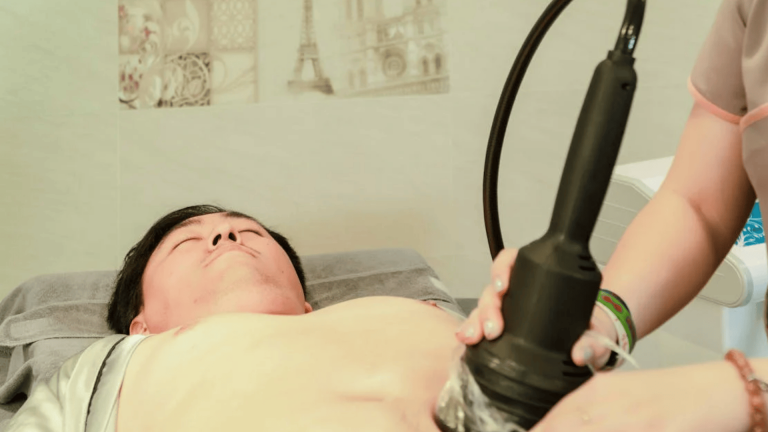When Should Uterine Fibroids Be Removed? 8 Treatment Options

Uterine fibroids affect millions of women worldwide, yet the decision of when to seek treatment remains one of the most challenging aspects of managing this condition. These non-cancerous growths in the uterus can range from microscopic to the size of a grapefruit, and while many women live with them without issue, others experience debilitating symptoms that significantly impact their quality of life.
Understanding when intervention becomes necessary—and what options are available—can help you make informed decisions about your health and well-being.
Recognizing When Treatment Becomes Necessary
The decision to remove uterine fibroids isn’t always simple. Many women discover they have fibroids during routine gynecological exams, often without experiencing any symptoms at all. However, when fibroids begin to interfere with daily life, treatment considerations shift dramatically.
Heavy Bleeding and Menstrual Irregularities
Heavy bleeding stands out as one of the most common indicators that intervention may be needed. When your menstrual periods become so intense that you’re changing protection every hour, or when bleeding extends beyond your normal cycle, it’s time to have a serious conversation with your healthcare provider. This excessive menstrual flow can lead to anemia, leaving you feeling constantly fatigued and weak.
Chronic Pain and Discomfort
Pain represents another significant factor in treatment decisions. Some women experience chronic pelvic pain that ranges from dull, constant aching to sharp, debilitating cramps. Others notice pain during intercourse, which can strain relationships and affect emotional well-being. When pain medications no longer provide adequate relief, or when discomfort begins affecting your ability to work or maintain relationships, treatment often becomes necessary.
Fertility and Pregnancy Concerns
Fertility concerns also drive many treatment decisions. Submucosal fibroids, which grow into the uterine cavity, can interfere with implantation and increase the risk of miscarriage. Women trying to conceive may need to address these growths to improve their chances of a successful pregnancy. Additionally, large fibroids can distort the uterine cavity or block the fallopian tubes, creating mechanical barriers to conception.
Size and Pressure Symptoms
Size matters too. When fibroids grow large enough to cause noticeable abdominal swelling or press against other organs, they can create complications beyond the reproductive system.
Some women experience frequent urination due to pressure on the bladder, while others develop constipation or back pain from fibroids pressing against the rectum or spine.
For women experiencing these challenging symptoms, seeking specialized care becomes crucial. Take the first step towards relief from the pain and contact Dr TC Chang uterus fibroid treatment Singapore, or other reputable specialists near you, where a comprehensive evaluation can help determine the most appropriate treatment approach for your specific situation.
Non-Surgical Treatment Approaches
Before considering surgical intervention, many healthcare providers explore less invasive treatment options. These approaches can be particularly effective for women with mild to moderate symptoms or those who wish to preserve their fertility.
Hormonal Therapies
Hormonal therapies often serve as a first line of defense against fibroid symptoms. Birth control pills can help regulate menstrual flow and reduce heavy bleeding, though they don’t shrink existing fibroids.
For more significant symptom relief, GnRH agonists work by suppressing hormone production from the pituitary gland, effectively creating a temporary menopausal state that can dramatically shrink fibroids.
However, GnRH agonists come with their own set of challenges. The induced menopausal state brings side effects like hot flashes, vaginal dryness, and potential bone density loss, making long-term use impractical for most women.
These medications are typically used for short periods to shrink fibroids before surgery or to provide temporary relief while planning more definitive treatment.
Medications for Symptom Management
Anti-inflammatory medications and tranexamic acid can help manage heavy bleeding and pain symptoms. While these don’t address the underlying fibroids, they can significantly improve the quality of life for women with manageable symptoms.
Intrauterine Devices (IUDs)
The intrauterine device (IUD) that releases progestin offers another non-surgical option. Thinning the uterine lining can dramatically reduce menstrual flow and associated pain, though it may not be suitable for women with large fibroids that distort the uterine cavity.
Minimally Invasive Procedures
When medications aren’t sufficient but major surgery seems excessive, several minimally invasive procedures offer middle-ground solutions. These techniques typically involve shorter recovery times and fewer complications than traditional surgery while still providing effective symptom relief.
Uterine Artery Embolization
Uterine artery embolization has gained popularity as an effective treatment for symptomatic fibroids. During this procedure, a radiologist threads a catheter through blood vessels to reach the fibroid-supplying arteries.
Small particles are injected to block blood flow, thereby shrinking the fibroids. Many women experience significant symptom improvement within three to six months, with studies showing success rates of 85-90% for symptom relief.
The procedure appeals to many women because it preserves the uterus while effectively treating multiple fibroids simultaneously. Recovery typically involves a few days of cramping and fatigue, but most women return to normal activities within a week or two.
However, it’s not recommended for women actively trying to conceive, as there may be some impact on fertility.
MRI-Guided Focused Ultrasound
Magnetic resonance-guided focused ultrasound represents cutting-edge technology in fibroid treatment. This non-invasive procedure uses MRI guidance to precisely target fibroids with focused ultrasound energy, heating and destroying fibroid tissue without damaging surrounding structures.
While not suitable for all types of fibroids, it offers an outpatient option with immediate return to normal activities for appropriate candidates.
Endometrial Ablation
Endometrial ablation focuses specifically on heavy bleeding caused by smaller fibroids. This procedure destroys the uterine lining using various energy sources, dramatically reducing or eliminating menstrual flow. While highly effective for bleeding control, it’s only appropriate for women who don’t plan to have children in the future, as pregnancy after ablation can be dangerous.

Surgical Treatment Options
When conservative treatments fail to provide adequate relief, or when fibroids are particularly large or numerous, surgical intervention often becomes necessary. The choice of surgical approach depends on factors including fibroid size and location, severity of symptoms, desire for future fertility, and overall health status.
Myomectomy
Myomectomy represents the gold standard for women who want to preserve their fertility while removing problematic fibroids. This procedure removes individual fibroids while leaving the uterus intact, potentially restoring normal anatomy and function.
Myomectomy can be performed through various approaches, including laparoscopic (minimally invasive), hysteroscopic (through the vagina and cervix), or open abdominal surgery, depending on the size and location of the fibroids.
Laparoscopic myomectomy offers advantages of smaller incisions, reduced pain, and faster recovery compared to open surgery. However, it requires significant surgical expertise and may not be suitable for very large or numerous fibroids.
Hysteroscopic myomectomy works particularly well for submucosal fibroids that grow into the uterine cavity, allowing removal through natural openings without any external incisions.
Hysterectomy
For women who have completed their families or those with severe symptoms unresponsive to other treatments, hysterectomy may be the most appropriate option. This procedure completely removes the uterus, eliminating any possibility of fibroid recurrence and providing definitive symptom relief.
Hysterectomy can be performed through several approaches. Vaginal hysterectomy, when feasible, offers the advantage of no external incisions and typically the fastest recovery. Abdominal hysterectomy may be necessary for very large uteri or when complications are anticipated, though it involves a longer recovery period.
Laparoscopic and robotic-assisted approaches provide middle-ground options with smaller incisions than traditional open surgery.
The decision between these surgical approaches requires careful consideration of individual circumstances, including age, family planning goals, severity of symptoms, and overall health status.
Special Considerations and Risk Factors
Certain populations face unique considerations when dealing with uterine fibroids. African American women, for instance, develop fibroids at higher rates and often at younger ages compared to other ethnic groups. They’re also more likely to experience severe symptoms and may need more aggressive treatment approaches.
Age plays a crucial role in treatment decisions. Younger women often prioritize fertility preservation, making myomectomy or less invasive treatments more appealing despite potentially higher recurrence rates. Women approaching menopause might choose to manage symptoms conservatively, knowing that fibroids typically shrink after menopause when hormone levels decline.
Pregnancy plans significantly influence treatment choices. While many women with fibroids can conceive and carry pregnancies successfully, certain types and locations of fibroids can interfere with fertility or increase pregnancy complications. Women actively trying to conceive need treatments that preserve or enhance fertility, while those who have completed their families have more treatment options available.
It’s important to distinguish fibroids from more serious conditions. While fibroids are benign, rapid growth or unusual symptoms sometimes warrant investigation to rule out uterine cancer. Though the transformation of fibroids into cancer is extremely rare, occurring in less than 0.1% of cases, unusual presentations should always be evaluated thoroughly.
Making Your Treatment Decision
Remember that fibroid treatment isn’t always an all-or-nothing decision. Many women benefit from staged approaches, starting with less invasive treatments and progressing to more definitive options if needed. What matters most is finding an approach that effectively manages your symptoms while aligning with your personal goals and values.






